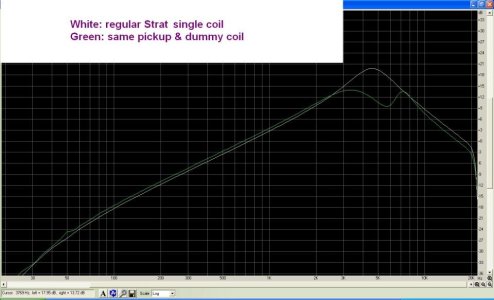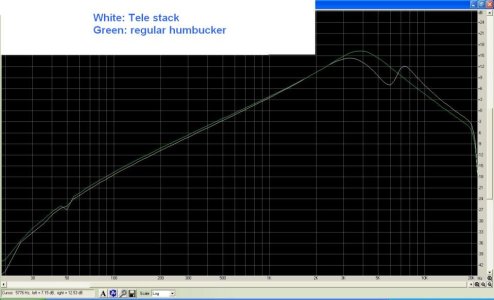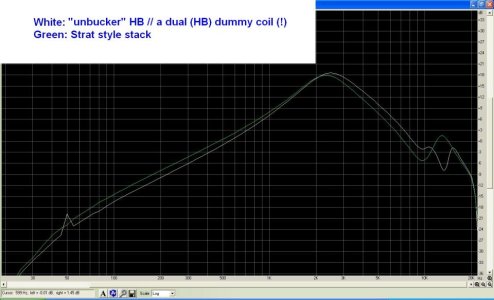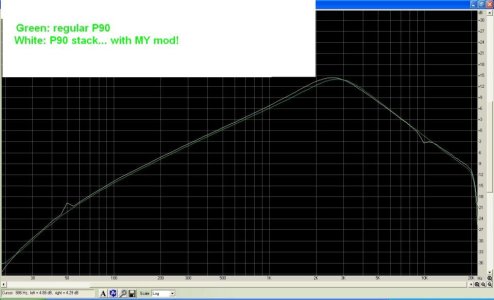Inflames626
New member
I was wondering if someone could tell me the tonal difference between stacked and side by side hum canceling designs.
I thought of this when I noticed Duncan's introduction of its new Apollo jazz bass side by side hum canceling pickups.
In my experience, I tend not to like hum canceling designs. They lack something--transients or dynamics--that give true singles their character. This was my experience with an old Duncan STK S1 hum canceling single. Once I wired it to split, it sounded livelier and more like a single coil should, but with noise of course.
I can see the use for hum canceling singles in live situations with interference from stage lights, wireless units, etc., but for recording, to my ear hum canceling singles lack something. They just end up sounding like low output humbuckers to me.
Clyde from Bartolini told me he doesn't like stacked hum canceling designs. I noticed that most hum canceling pups are made this way, so I thought that side by side hum canceling pups might have a different, possibly superior, character.
I doubt I'll try the Apollos, as I prefer true singles, but if anybody tries a stacked vs. side by side hum canceling single, I'd be interested in their opinion on the differences.
I thought of this when I noticed Duncan's introduction of its new Apollo jazz bass side by side hum canceling pickups.
In my experience, I tend not to like hum canceling designs. They lack something--transients or dynamics--that give true singles their character. This was my experience with an old Duncan STK S1 hum canceling single. Once I wired it to split, it sounded livelier and more like a single coil should, but with noise of course.
I can see the use for hum canceling singles in live situations with interference from stage lights, wireless units, etc., but for recording, to my ear hum canceling singles lack something. They just end up sounding like low output humbuckers to me.
Clyde from Bartolini told me he doesn't like stacked hum canceling designs. I noticed that most hum canceling pups are made this way, so I thought that side by side hum canceling pups might have a different, possibly superior, character.
I doubt I'll try the Apollos, as I prefer true singles, but if anybody tries a stacked vs. side by side hum canceling single, I'd be interested in their opinion on the differences.




